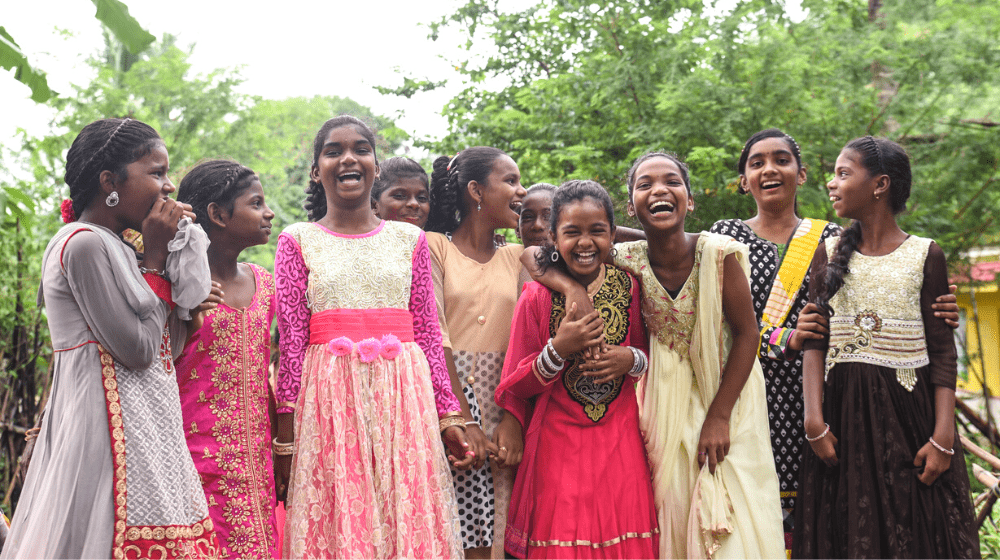Opinion-Editorial by UNFPA Regional Director for Asia and the Pacific, Björn Andersson, on the occassion of World Population Day 2022
In November this year, the world’s population will reach 8 billion. From the world’s most populous countries - China and India - to the world’s smallest populations in the Pacific island nations, the Asia-Pacific region is home to a diverse group of around 4.3 billion people from different walks of life, gender, age, ethnicity, and sexual orientation. With more than half of humanity living in our culturally and demographically diverse region, what does the 8 billion milestone mean for Asia and the Pacific?
Globally, people are living longer and healthier lives. We have made incredible advancements in healthcare across lifespans, and more mothers are delivering babies safely. Poverty has reduced over the past decades, and with the digital boom, people around the world have become more connected than ever. Yet, progress is not universal. Gaps in social services and digital access continue to exist and result in the poor and vulnerable groups being affected disproportionately. Women that are most left behind are still dying during childbirth, and existing inequalities and harmful social norms prevent women and girls from fulfilling their fullest potential. As we move towards a world of 8 billion, we must confront the challenges, harness the opportunities, and ensure a resilient future for all.
The solution is not more or fewer people. The solution is more and equal access to opportunities for all. While counting people is important, we must remember that every person counts, and every person has rights and choices. Policies must focus on people, not populations. Instead of making the numbers work for systems, we must make the systems work for the numbers. This is how countries can build demographic resilience.
If, for example, fertility is falling, is it because prospective parents worry about how they will provide for a family, find affordable living space, or how it might hamper a mother’s career trajectory? If fertility is rising, is it by choice or is it because women don’t have knowledge of or access to family planning information and services? Every individual contributes leadership, skills, creativity and heart to the human family, and every individual deserves to benefit from a more just, prosperous and sustainable world. To achieve that world – and the 2030 Agenda – countries must uphold human rights, especially, reproductive rights.
Sustainable development can only be achieved if women have autonomy over their bodies. It is only when women and girls across the region can make informed decisions about their sexual and reproductive health that we can build demographic resilience across Asia and the Pacific.
We must also strengthen collaboration between demographically diverse countries. Shared solutions are needed to address common challenges as no one country is self-sufficient in our increasingly interdependent world. All countries must work together towards greater equity and solidarity to ensure that our planet can support the needs and aspirations of all its people.
On World Population Day, let’s move the conversation from numbers to rights and choices. Humanity is a source of aspiration and limitless opportunities, and as the world becomes 8 billion strong, let’s work together to harness the potential of the 4.3 billion people in Asia and the Pacific, and beyond. By investing in the rights and choices of every individual, especially women and girls, together, we can build a resilient and healthier future for all people and the planet.
--


